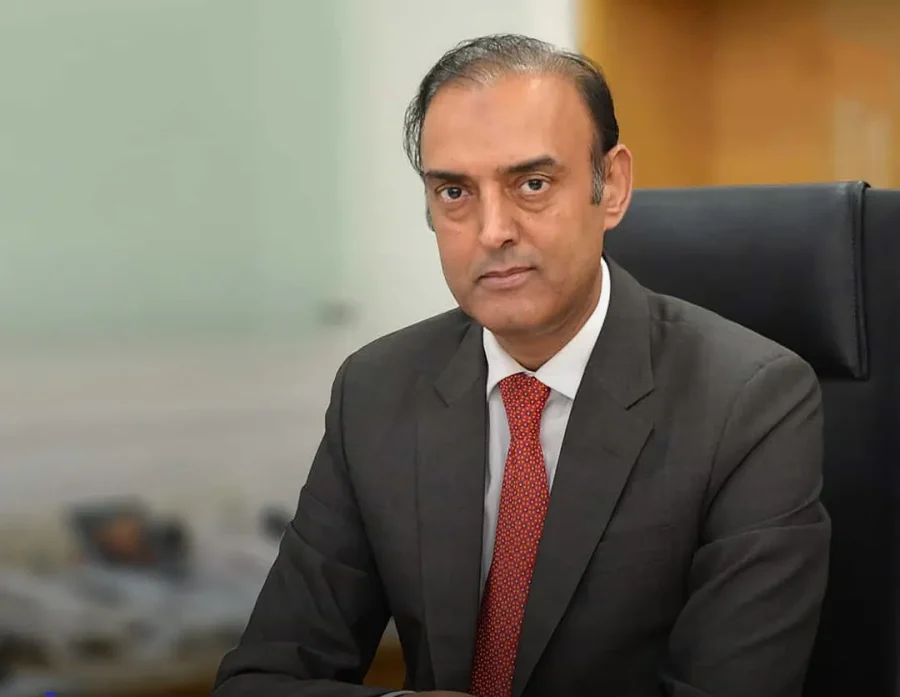Governor of the State Bank of Pakistan, Jameel Ahmad, has stated that rapid technological change has not only enabled banks to offer innovative financial services to customers but also empowered regulators to ensure compliance effectively and efficiently through advanced data collection and processing capabilities.
He was speaking at the 13th Bank of The Future Forum, focusing on the critical theme of ‘The Future of Banking’. The event, organized by Systems Limited, brought together distinguished dignitaries, eminent industry leaders, and fintech experts to discuss the evolving landscape of the banking sector in Pakistan and globally.
The Governor’s address covered many themes and underscored the SBP’s commitment to fostering innovation and digitalization within the banking sector, paving the way for a dynamic financial sector in Pakistan. He shared the SBP’s digital transformation started in 2002, when SBP implemented the Temenos Banking System, and an ERP system for non-banking transactions, as well as a data warehouse for massive data-related requirements.
In 2008, SBP implemented the Real-Time Gross Settlement System called PRISM for processing wholesale, large-value, institutional payments. Recently, SBP established its state-of-the-art, Tier-3 data center, the first of its kind in Pakistan.
The Governor shared that in 2008, SBP issued regulations for branchless banking services to enable the delivery of basic banking services from retail stores and kiryana shops. This initiative has resulted in a significant increase in the number of unique bank accounts, from 16% of the adult population in 2018 to 64% in 2024.
He shared that in 2022, SBP issued the framework for establishing Digital Banks in Pakistan to further facilitate the entry of IT-enabled, non-banking entities into the financial services industry. As a result, in-principle approvals were issued to five applicants who will shortly start pilot operations in the country.
The Governor shared that in line with international trends, SBP started working on transforming its retail payments industry by implementing the state-of-the-art ISO-20022 payment standard. Hence, Raast, our instant payment system based on the ISO 20022 standard, was launched in 2021.
In a short span of almost three years, Raast has processed around 850 million transactions valuing over PKR 19 trillion. Today, with 38 million unique Raast IDs, the system processes an average of 2.5 million transactions a day. He shared that SBP is also working on integrating Raast with the Arab Monetary Fund’s instant payment system called Buna to facilitate millions of Pakistanis living in Arab countries in sending their remittances to Pakistan with ease and convenience.
The Governor shared that as a result of SBP’s efforts, today in Pakistan, we have around 59 million branchless banking wallets, 19 million mobile banking apps, another 3.7 million e-money wallets, and 12 million internet banking users. Since 2020, the overall number of retail transactions processed digitally has increased by 30%, and the share of digital payments in total retail payments by volume has risen from 76% in FY23 to 84% in FY24.
The number of transactions processed using mobile and internet banking is growing at an annual rate of 70% and 30%, respectively. This is not surprising as the majority of our population is young and adept at using mobile apps.










